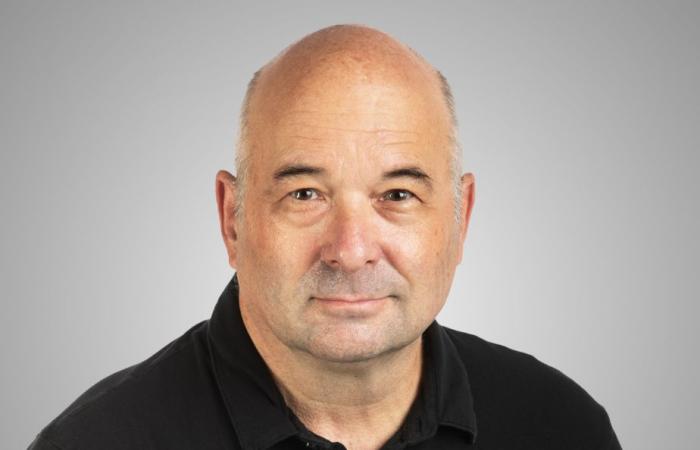The CAQ government’s ability to get out of a bad situation by doing something even worse is infinite.
Posted at 1:32 a.m.
Updated at 6:00 a.m.
We have just seen this with regard to the third link: instead of forgetting a poorly crafted electoral promise from the start, he is now creating a new dogma of governance – “security redundancy”, a bad idea established as a principle. Let’s call it the Guilbault doctrine.
The government is using as a lifeline a very small paragraph in the CDPQ Infra report – out of context since it specifies that these are “considerations which go beyond the mandate of CDPQ Infra” – to say that people consulted have expressed concerns regarding the safety of bridges.
It is true that if the Pierre-Laporte bridge were to close, it would be a serious problem for the Quebec region. But there is no serious reason to believe that this will happen.
Barring a completely unpredictable disaster, like the Baltimore Bridge, infrastructure like bridges can be safe for literally centuries if they are well maintained. The venerable Victoria Bridge in Montreal has been used daily since 1859, both by trains and motor vehicles. Besides that, the Pierre-Laporte bridge is a youth!
Obviously, these infrastructures must be maintained. However, Quebec has a very significant maintenance deficit for its bridges and roads. According to the Auditor General, the road maintenance deficit at the Ministry of Transport reaches $10 billion.
At the rate at which the Ministry of Transport “is currently carrying out its reconstruction and major rehabilitation work, restoring the condition of its roadways will take more than 25 years,” said its November 2023 report.
A few weeks earlier, the Public Procurement Authority stated, regarding bridge inspection: “inspection programs [des ponts] do not make it possible to detect major problems and these are ultimately only observed during fortuitous events.
In these circumstances, it is rather curious to see the Minister of Transport, Geneviève Guilbault, say that it is “irresponsible to have only one link” and that “if the Pierre-Laporte bridge were to close for a few months, or even a few years, there would be no other alternative to Quebec than to go through Trois-Rivières or Montreal.”
PHOTO EDOUARD PLANTE-FRÉCHETTE, LA PRESSE ARCHIVES
The Quebec Bridge and the Pierre-Laporte Bridge
What would be truly irresponsible, to use the minister’s words, is not to properly maintain the Pierre-Laporte bridge, to the point that we would have to close it. Mme Guilbault should refrain from scaring the world if she does not do what is necessary to avoid problems.
Obviously, if we push the logic of the “Guilbault doctrine” to its logical conclusion, we would have to double all strategic infrastructures as a security measure. Starting with a second bridge in Trois-Rivières, otherwise the government would clearly be failing in its duty to act responsibly.
But large infrastructures like bridges, when maintained correctly, do not need to be duplicated. And we don’t need to invent potential security problems to justify the unjustifiable.
Furthermore, it quickly became obvious that, on this issue, the government is improvising and has not done its homework.
At a press conference on Thursday, the Prime Minister and his colleagues were completely taken by surprise when they were informed that it would be possible to allow trucks to use the good old Quebec bridge (opened in 1917) by lowering its apron of a meter or two. By the way, work to repair the deck is already planned in the Transports Québec budget.
There is a debate among engineers about this solution, some say that it is not technically possible. But it remains unacceptable for a government to launch a project for a new highway link while completely ignoring the possibility of using the Quebec bridge, which would obviously cost much less than building a new bridge.
Likewise, the government is relaunching the idea of building the highway link to the east, somewhere between the port of Quebec and the tip of Île d’Orléans. But this eastern corridor had already been considered in 2018 and there are several studies which are already in the government’s drawers and which highlight numerous constraints. Which explains why we abandoned the idea at the time.
Even CDPQ Infra rejected this option as impractical in the report it submitted to the government. We therefore find ourselves with a government which acts as if the study it ordered was ultimately not worth much.
Faced with so much improvisation, we can very legitimately wonder if the government’s goal is not simply to keep the third link just alive enough to be an electoral promise in two years and thus “save soldier Drainville” and a couple of other seats in Chaudière-Appalaches. But with the very real risk of losing much more elsewhere…
What do you think ? Participate in the dialogue







